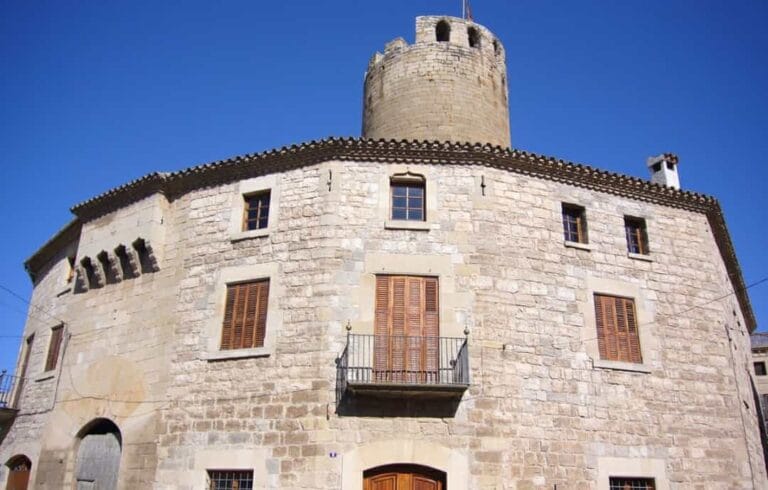Castell de Passanant: A Medieval Fortress in Catalonia, Spain
Visitor Information
Google Rating: 3.4
Popularity: Very Low
Google Maps: View on Google Maps
Official Website: visit.somsegarra.cat
Country: Spain
Civilization: Unclassified
Remains: Military
History
Castell de Passanant is located in the municipality of Passanant in modern-day Spain. This medieval fortress was built by the feudal nobility of the region, with its origins dating back to the 12th century.
The earliest record connected to the area appears in a document from 1079-1080, identifying the territory as part of the domain governed from the castle of Forès. The first mention of the castle itself occurs in 1123, related to an agreement between Ponç and Ramon de Cervera, two brothers who arranged to take turns living in the fortress on alternating years. Despite sharing residency, they secured reciprocal access rights, indicating a cooperative form of joint lordship during this early phase.
By 1152, control of the lordship had passed to the Òdena family. Ramon Guillem d’Òdena granted the castle and its associated rights to Guillem de Castellar, although the Cervera family retained certain privileges through the late 12th century. The following decades show the castle’s ownership passing within the Cervera lineage as evidenced by testamentary and donation records between 1172 and 1202. These documents describe the transfer of some rights to the monastery of Santes Creus, reflecting a growing influence of religious institutions over the area.
In 1234, the lordship came into the hands of Mateua, the wife of Galceran de Pinós. Later, it passed to her sister Gueraua, who served as a convent prioress, demonstrating the overlapping secular and religious ties in the castle’s history. In 1261, Gueraua donated her rights to the Order of the Hospital, also known as the Hospitalers, a military and religious order that would go on to exercise long-term control.
The Hospitalers gradually consolidated their dominion over Castell de Passanant, and by 1380 they had acquired the castle and jurisdiction through purchase from the infant Joan. From this time until the abolition of feudal lordships in the 19th century, the castle remained under the possession of the Order. Historical records from 1661 already describe the fortress as being in a ruined state, marking the end of its active military or residential use.
Archaeological interest in the site was revived in the late 20th century with excavations carried out by the Archaeology Service of the Generalitat in 1990 and by Joan Josep Menchon in 1999. Today, Castell de Passanant is officially recognized in Catalonia as a cultural asset of national significance.
Remains
Situated on a slight hill overlooking the northern edge of Passanant, the castle remnants reveal a roughly quadrangular layout dating from the 12th to 13th centuries. The surviving masonry includes foundational walls and fragments of a tower, reflecting the construction techniques and defensive architecture of the medieval period.
Among the most notable features is the northeast wall, which stretches at least eight meters and consists of a foundation made of small rectangular stones known as ashlar, arranged so they protrude outward. Above this foundation rise two courses, or horizontal layers, of larger ashlar blocks. Whether this denotes a building phase or restoration effort remains uncertain. Traces of the northwest wall run parallel and reach a similar length, while on the southwest side stones extend about six meters from the western corner, helping to outline the fortress’s perimeter.
Within the enclosed area lies a cistern measuring roughly three meters long and two meters wide. This structure would have served to collect and store water, essential for habitation and defense during sieges. Nearby, a silo is also preserved, indicating the storage of grain or provisions, vital for sustaining the castle’s occupants.
Although the walls and tower survive only in part, their stonework remains largely in situ, giving insight into the fortress’s scale and construction. Recognizing the importance of safeguarding this heritage, restoration and stabilization efforts were undertaken in 2008, helping to conserve the ruins for future study and appreciation.
Together, these architectural elements illustrate the castle’s role as a fortified residence and administrative center during the medieval period, with materials and design reflecting the building practices of its time. The site stands as a tangible reminder of the region’s feudal past and the intersecting influences of noble families and religious orders.







